Whether your goal is to connect more deeply with your current audience, attract new supporters, or secure funding, you can achieve your aims and boost your impact by focusing on these three key areas.
1. Anchor Your Content Strategy in Vision and Values
Revamping a website involves countless decisions—colors, fonts, mobile design, desktop design, animations, navigation…the list is endless. So, where should you begin?
Think of it like building a house: Start with the foundation. Content is the heartbeat of a successful nonprofit website. Design, animations, and videos only help grow and engage your audience when they’re part of a solid content strategy.
Begin your redesign journey by aligning everything with your mission, vision, and values. In one sentence, what do you want to be known for? Ensure you have a clear content strategy and information architecture (IA) that reinforces this message. Your content strategy and IA should communicate your organization’s purpose and impact, engaging visitors emotionally.
2. Prioritize Accessibility from the Start
Accessibility is crucial for nonprofit websites, ensuring that everyone, regardless of ability, can easily navigate and engage with your content and services. By making your site truly accessible, you not only meet legal requirements but also demonstrate a commitment to inclusivity.
3. Optimize Load Times
While not the flashiest feature, fast loading times, especially on mobile devices, are vital for keeping users engaged and improving your search engine ranking. Visitors are more likely to stay and explore a site that loads quickly, enhancing their overall experience and increasing the chances of interaction or conversion.
Fast load times are also key to Search Engine Optimization (SEO). Search engines like Google favor websites that offer a seamless user experience. Websites that load quickly are more likely to rank higher in search results, expanding their visibility to a broader audience.



